Relationship between induction frequency and quenching depth (hardening depth)
Views Send Enquiry
The quenching depth (hardening depth) depends on the output frequency of induction heater. Generally, higher frequency will bring smaller quenching depth (shallower).
The relationship between the frequency f and the heating depth δ has the following empirical formula:
δ=20/√f(20°C);δ=500/√f(800°C)。
The relationship between the frequency f and the heating depth δ has the following empirical formula:
δ=20/√f(20°C);δ=500/√f(800°C)。
Where: f is the frequency, the unit is Hz; δ is the quenching depth, the unit is millimeter (mm).
The relationship between the output frequency and the quenching depth (the cooling medium is tap water) at 800 °C is shown in the table below:
The relationship between the output frequency and the quenching depth (the cooling medium is tap water) at 800 °C is shown in the table below:
| d/mm | f/KHZ |
|---|---|
| 0.76 | 450 |
| 1.14 | 200 |
| 2.11 | 100 |
| 2.26 | 50 |
| 3.20 | 25 |
| 5.08 | 10 |
| 9.27 | 3 |
| 16.05 | 1 |
| 22.71 | 0.5 |
| 37.85 | 0.18 |
| 65.53 | 0.06 |
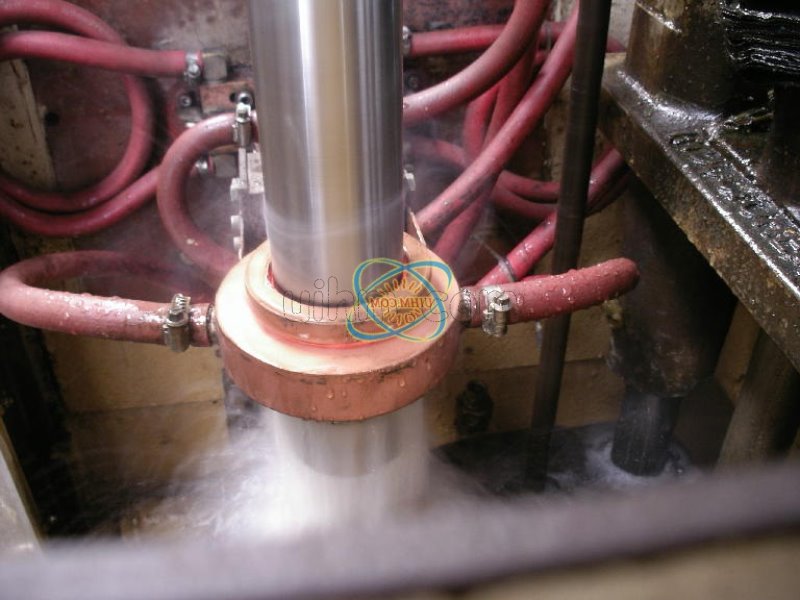
Previous: air cooled pancake induction coils
PDF: Relationship between induction frequency and quenching depth (hardening depth)
Good
Bad
Related Content
Hot
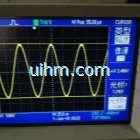
waveform of DSP induction heaters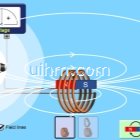
simulation of Faradays Law from University of Colorado Boulder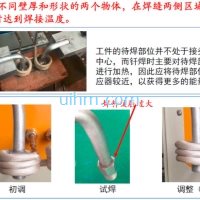
optimizing induction welding method for vehicle air conditioner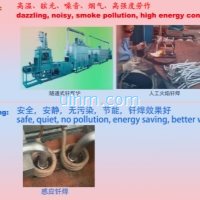
induction welding vehicle air conditioner vs common welding method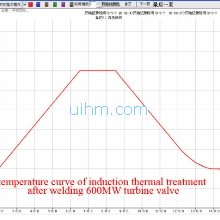
temperature curve of induction thermal treatment after welding 600MW turbine valve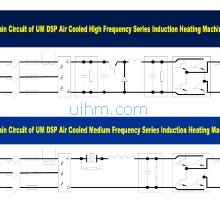
Main Circuit of UM DSP air cooled induction heaters
what is skin effect principle (magnetic force around induction coil)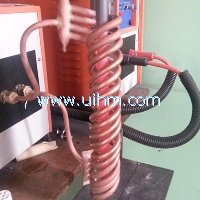
How to design an optimal induction coil

Newest Comment
No Comment
Post Comment